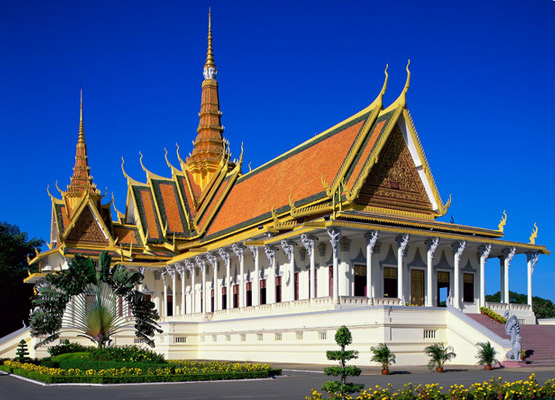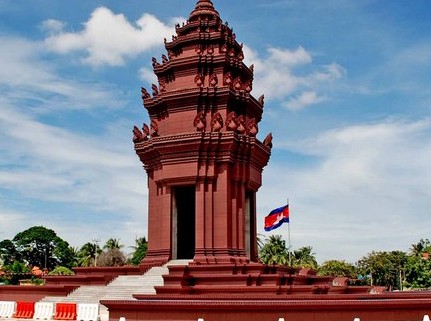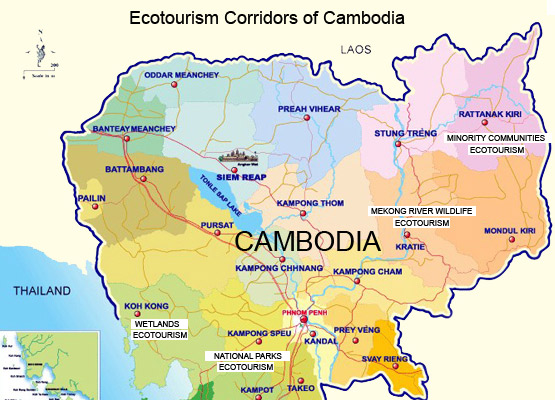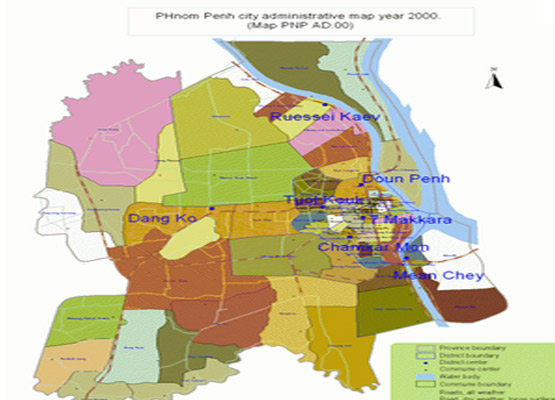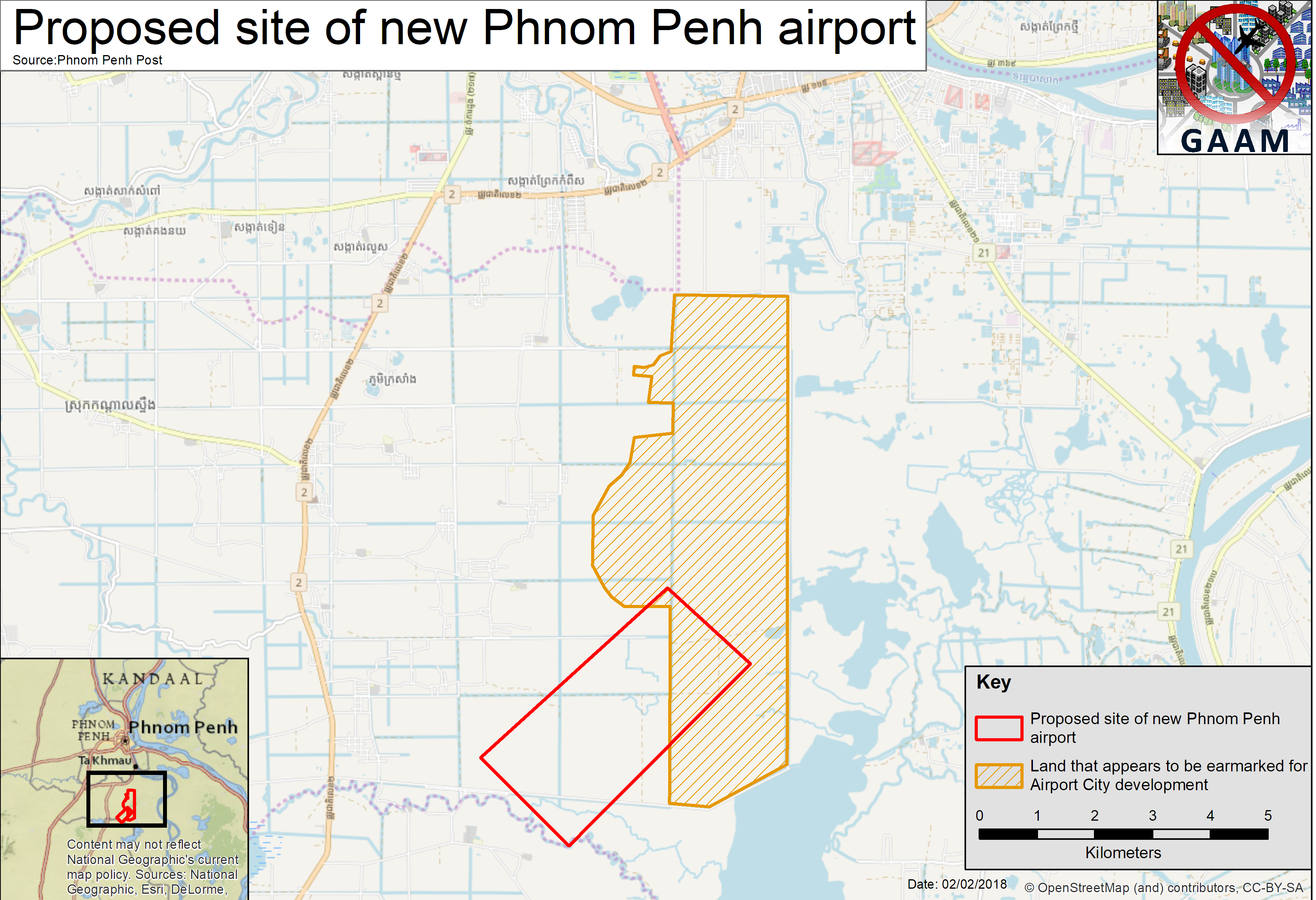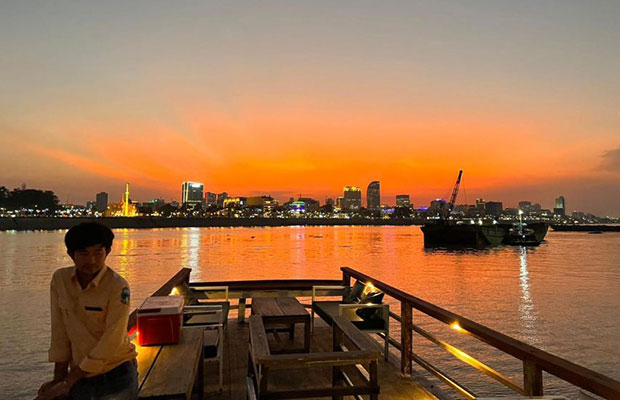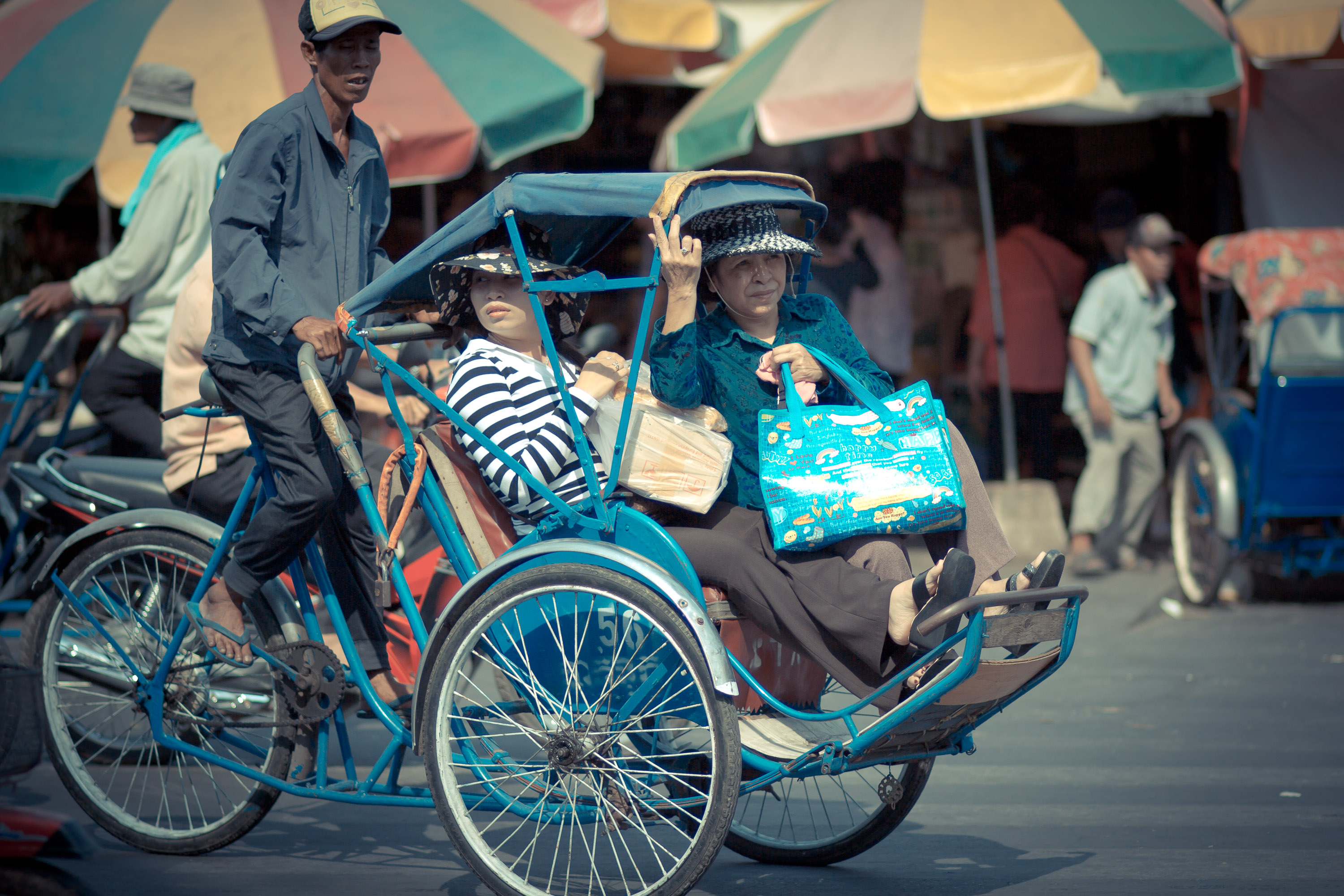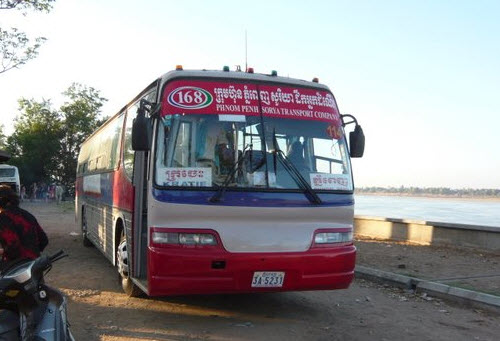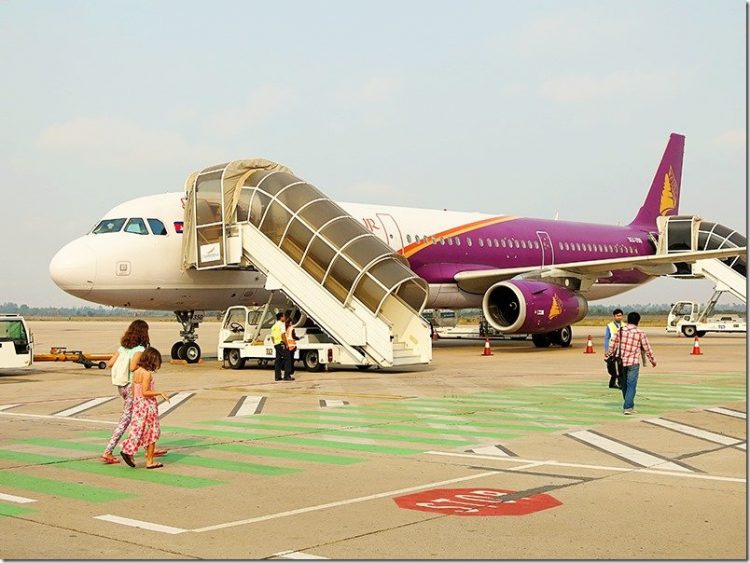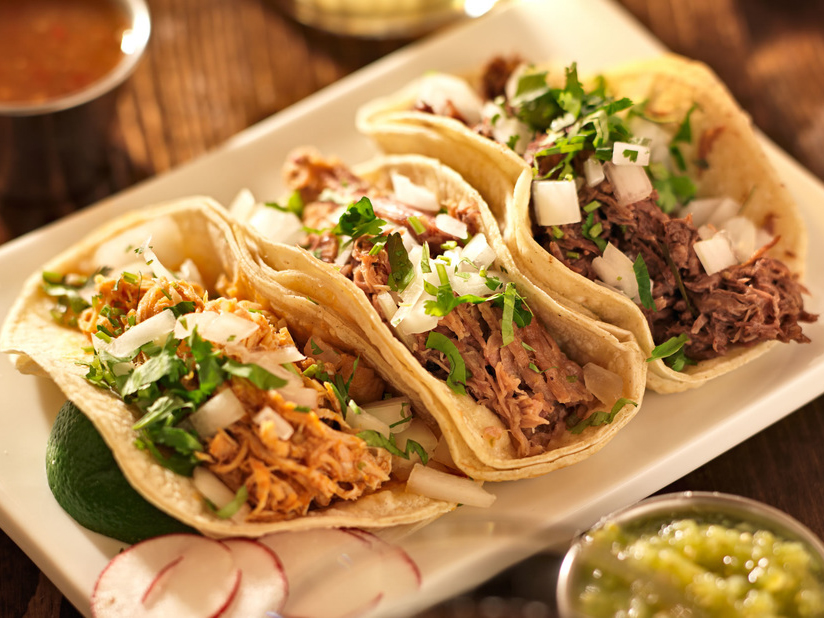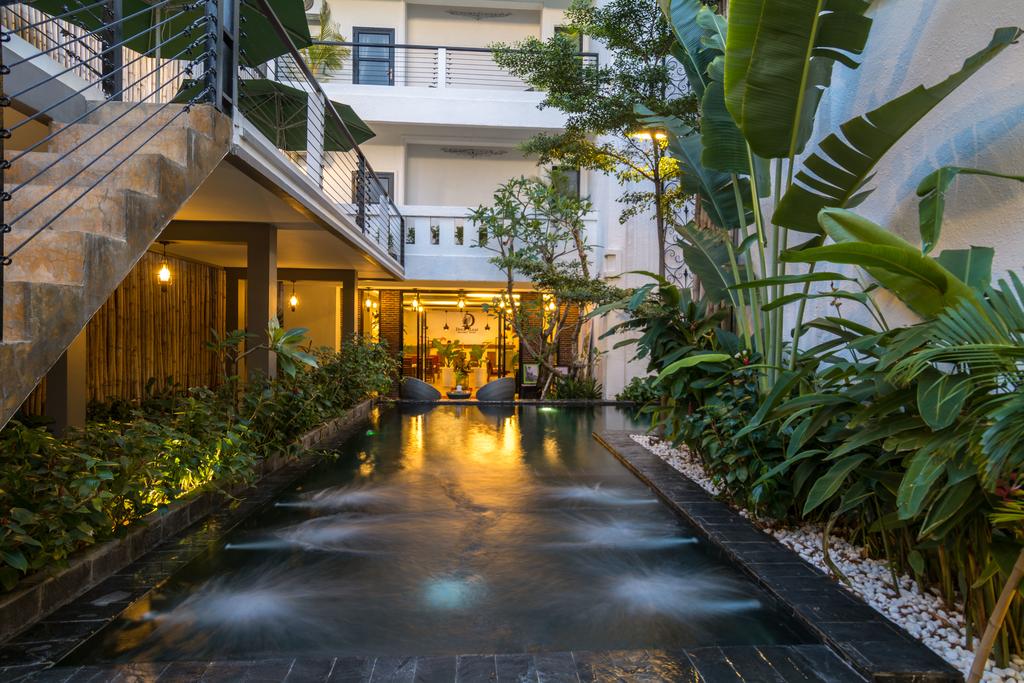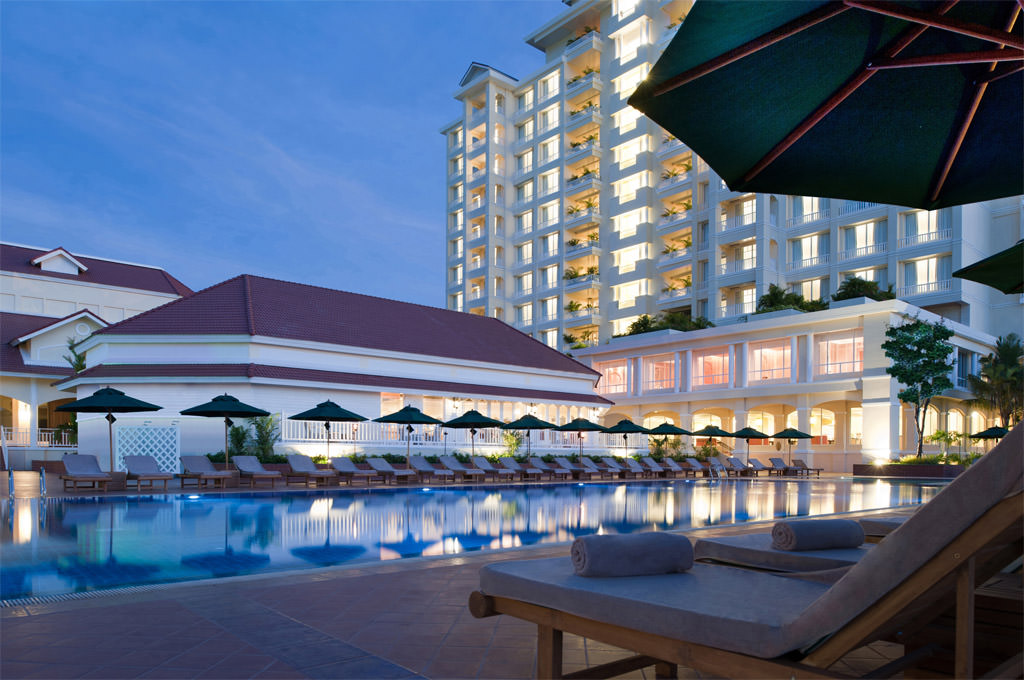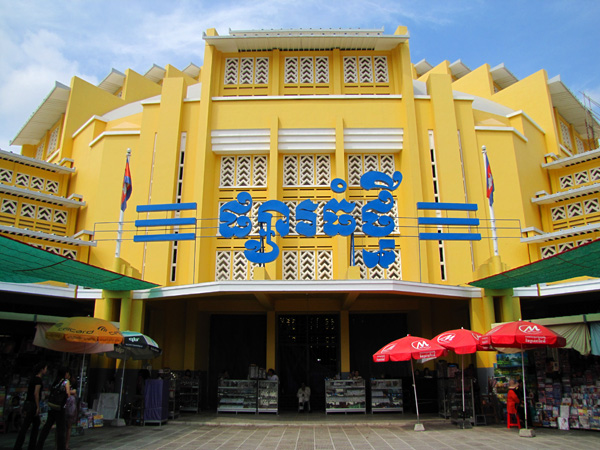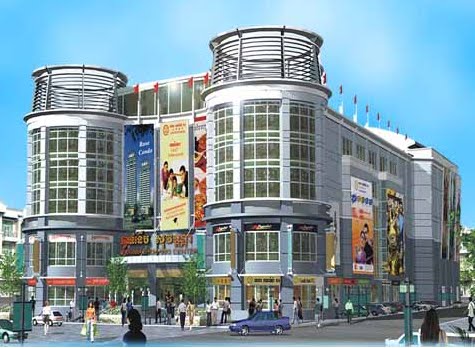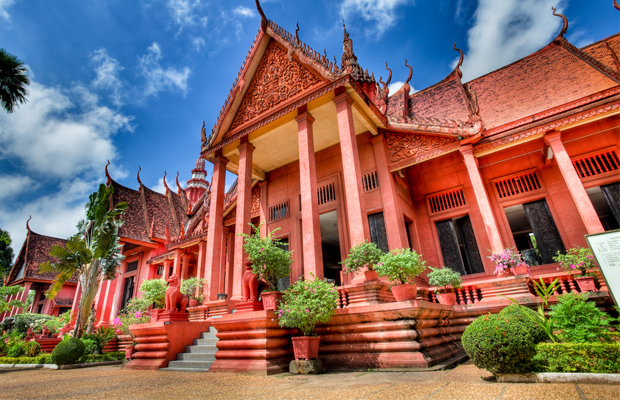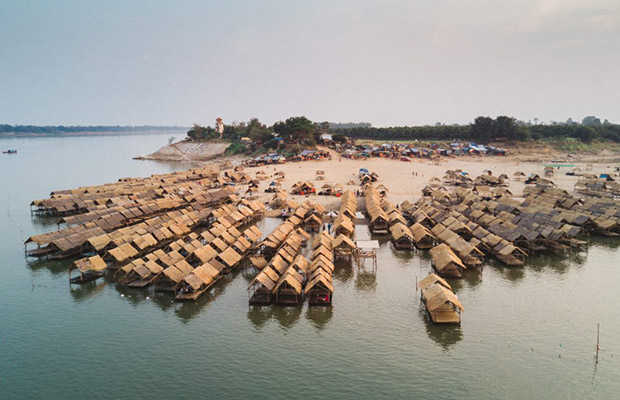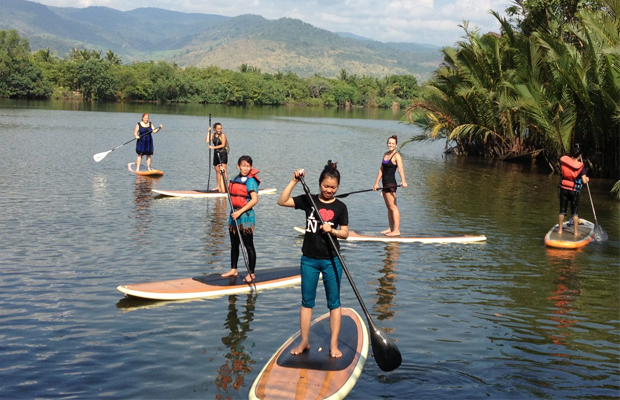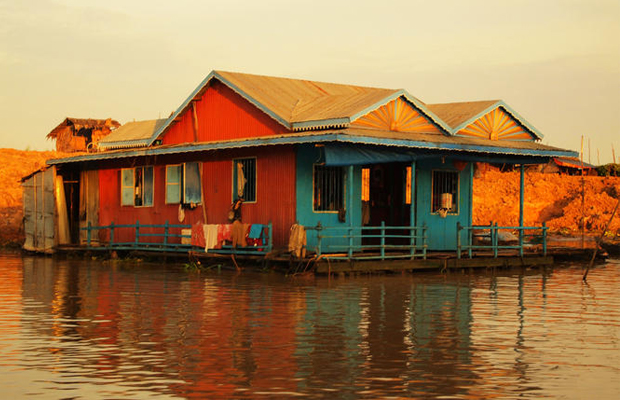What to see in Phnom Penh, Cambodia
The Royal Palace. 8:00AM-10AM & 2:00PM-5PM. Including the two magnificent pagodas in the Palace Grounds, the Silver Pagoda and the Temple of the Emerald Buddha, are among the few public buildings in Phnom Penh really worth seeing. They were built in the 19th century with French technology and Cambodian designs, and have survived the traumas of the 20th century amazingly intact. See them early in the day before it gets too hot. No photography is allowed inside the Silver Pagoda and some of the Palace buildings. You're expected to dress decently (no bare legs or shoulders), but you can rent sarongs and oversized T-shirts for 1,000 Riel (plus US$1 deposit) at the entrance. US$6.25 or 25,000 Riel. edit The Napoleon III Palace is currently under makeover and is covered by construction netting (Feb'12). In general, the Palace complex has a more structured, formal, organized, and harmonious layout with a clear and specific architectural style rather than in Bangkok which has more hodge podge of styles taken here and there. But not to demean Bangkok's, it is more fantastic and fairytale-ish than here.
The National Museum of Cambodia, Street 13, Sangkat Chey Chumneas, Khan Daun Penh, Phnom Penh (opposite the Royal Palace), ? +855 23 211753, +855 12 621522 (mobile) (museum_cam@camnet.com.kh, fax: +855 23 211753), [3]. 8AM-5PM daily, last admission 4:30PM. Contains an excellent collection of art from Cambodia's "golden age" of Angkor, and a lovely courtyard at the centre. A main attraction is the statue of King Jayavarman VII (1181-1219) in mediation pose; other exhibits worth seeing include graceful statues of Hindu gods, ancient stelae (tablets) inscribed in Sanskrit and Old Khmer, and artefacts from a prehistoric burial site. Unfortunately, no photos may be taken inside the museum, although photography is allowed in the central courtyard upon payment of a small fee (cameras: US$1, videocameras: US$3). In the middle of the courtyard is the original statue of the "Leper King" (actually Yama, the Hindu god of death) from the Terrace of the Leper King in Angkor Archaeological Park. The pleasant little park in front of the Museum is the site of the annual Royal Ploughing Ceremony, at which the success or otherwise of the coming harvest is determined. You may have heard stories of sightseers carrying umbrellas inside to avoid showers of bat droppings, but alas (?), the bats moved out after the renovation of 2002. US$3. edit
Wat Phnom, (on a hill at the centre of a small park near Sisowath Quay, on St. 94). Name means "Hill Temple". The temple itself is notable more for its historic importance than physical structure, but the park is a pleasant green space and a popular gathering place for locals. A few monkeys keep quarters there as well and will help themselves to any drinks you leave unattended. The access to the temple was limited in mid-2011 whilst under renovation. Admission: US$1; elephant ride: US$15. edit
Sisowath Quay aka Riverside. an attractive boulevard running along the banks of the Mekong and Tonle Sap. It's fronted by a large, long open space with manicured lawns, palm trees and open pathways, all recently re-done as part of a Japanese funded project to upgrade the flood infrastructure along the river. The built-up side of the street is home to cafés and shops and the better class of bar, and is popular with tourists and expat Westerners prepared to run its gauntlet of touts selling drugs, girls and tuk tuk rides. Unfortunately the riverfront (once seen as Phnom Penh's 'safe' area) is no longer entirely safe for tourists. Tourist police are supposedly present in plainclothes. The esplanade along the river is also popular with Cambodians, who come here in the cool of the evening to enjoy the quasi-carnival atmosphere. It begins at the riverfront park opposite the Royal Palace, and is perhaps best experienced in the early evening. Dawn at Sisowath Quay is also a busy time, with locals doing calisthenics in front of the Royal Palace, and the sun rising over the river. In addition to the recent brick attacks on foreigners, there are supposedly child gangs and pickpockets - so extra caution is warranted. See A Stroll on Sisowath Quay for a self-guided tour. edit
Tuol Sleng Prison
Tuol Sleng Genocide Museum (S-21 Prison), Street 113, Boeng Keng Kang 3, Chamkar Morn, ? +855 23 300-698, . A school converted into Cambodia's most important prison in 1975. More than 14,000 people were tortured here before being killed at the Killing Fields; only 8 prisoners made it out alive. The museum is easily accessible and a must-see for everyone interested in Cambodia's horrific recent past. The infamous "skull map" has been dismantled, although there are still skulls stacked in cabinets, implements of torture and disturbing photographs of people dying. For an introduction and further reading, try David Chandler's "Voices from S-21" (ISBN 0520222474). Documentary movie "S-21" can be purchased throughout Phnom Penh for US$1.50-2.
A hefty slice of your Tuol Sleng entrance fee will go into the pocket of the museum's director, who is the son of the responsible government minister. (This is perhaps the main reason the museum is in rather shabby condition, and the displays so unimaginative.) And a warning to those who patronize the souvenir shop. Don't get conned into buying some vintage Rolex, Patek Philippe, Omega watches. They are fakes and are worthless. The owner is very convincing and will tell you that it is a collection from her husband.
Instead, right across from the museum (No 54 & 56, Street 113, Phnom Penh is a little shop called CHA (http://www3.online.com.kh/users/wthanchashop) that provides inexpensive handmade goods that are made by women disabled from polio and landmines. If you ask, you will also be able to tour the shop, meeting the female workers and seeing where they study English. US$2. edit
The Killing Fields
The Killing Fields of Choeung Ek, (About 17 km south of Phnom Penh, 40 min by taxi or moto or tuktuk). A former Chinese cemetery, this is where the Khmer Rouge killed many thousands of their victims during their four-year reign of terror. Today the site is marked by a Buddhist stupa packed full of over 8,000 human skulls - the sides are made of glass so the visitors can see them up close. There are also pits in the area where mass graves were unearthed, with ominous scraps of clothing still to be found here and there. It is a serene yet somber place. Regularly throughout the day, a small museum screens a documentary with gruesome video images of human remains that were unearthed when the mass graves were found in 1979. Recommended to visit after learning more about the Khmer Rouge terror at the Tuol Sleng Genocide Museum, however, like the Genocide Museum, this place is not for the squeamish. As millions were killed during the traumatic genocidal regime of Pol Pot and his Khmer Rouge, as a sign of respect - it would be good to wear respectable clothing such as long pants and no sleeveless shirts or tops. Flowers and incense can be bought in front of the stupa. In 2005 the memorial site was sold to a for-profit private company. A tuk tuk to the site should cost US$9-11 return (after haggling, of course), including stopping at the Genocide Museum on the way and waiting for you at both places. Costs US$5 which includes a very good audio tour. US$5.
Wat Botum, (about three kilometres south of Wat Phnom, near the Royal Palace). Historically the wat favoured by royalty. In the 1930s it housed a charming young novice named Saloth Sar, who "never caused anyone any trouble, never started fights - a lovely child". Later in life he changed his name to Pol Pot.
Independence and Liberation memorials. Impressive Buddhist-style Independence Memorial, commemorating the departure of the French in 1953, dominates the centre of the city. Nearby is the Stalin-style Liberation Memorial, marking the Vietnamese capture of the city in 1979. The area is especially popular on weekend nights with locals when the multi-colored fountains are activated and communal music is played.
Olympic Stadium. Built in the 1960s for an Asian Games that never happened, this interesting complex in the Modern style has been sold off to the Taiwanese, in a murky deal by the Cambodian government. The new owners have recently renovated it and it has begun to be used once again as a venue. However in the evenings a walk around the top perimeter is worthwhile: you can see hundreds attending exercise and dance classes, and get a view of the abandoned track below. There is also an Olympic-size swimming pool and diving pool with a 10 meter platform open to the public opposite the main building, across the track. 6,000 riel to get in, 500 riel to check your things.
France's Cambodian colony was acquired late and largely neglected. Historic, colonial architecture was limited to start with and has largely decayed. The Grand Post Office Building, Central Market and Raffles Le Royal Hotel are notable exceptions. Generally any building in good condition, old or new, will be behind a big big wall and security guards.


